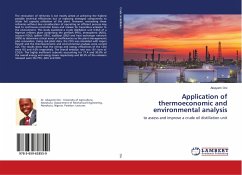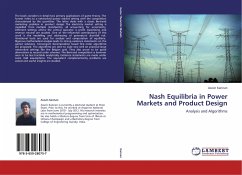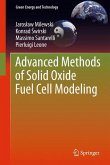The renovation of refineries is not mostly aimed at achieving the highest possible technical efficiencies but at replacing damaged components to attain full capacity utilization of the plant. However, renovating these refineries without due consideration of operating an efficient process may lead to continuous economic losses and release for hazardous emission to the environment. This study examined a crude distillation unit (CDU) of a Nigerian refinery plant comprising the preflash (PFU), atmospheric (ADU), vacuum (VDU), splitter (SPU), stabilizer (SBU) and heat exchanger network (HEN) to determine critical areas of inefficiencies as the plant managements plan renovation. Using real plant data, the CDU was simulated with Aspen Hysys® and the thermoeconomic and environmental analyses were carried out. The results show that the energy and exergy efficiencies of the CDU were 9.0 and 4.0% respectively. The overall emission rate was 19.1 tons of CO2/h. The highly inefficient subunitsaccounting for 77.4 and 90.0% of the overall energy and exergy losses respectively and 60.3% of the emission released were the PFU, ADU and HEN.








